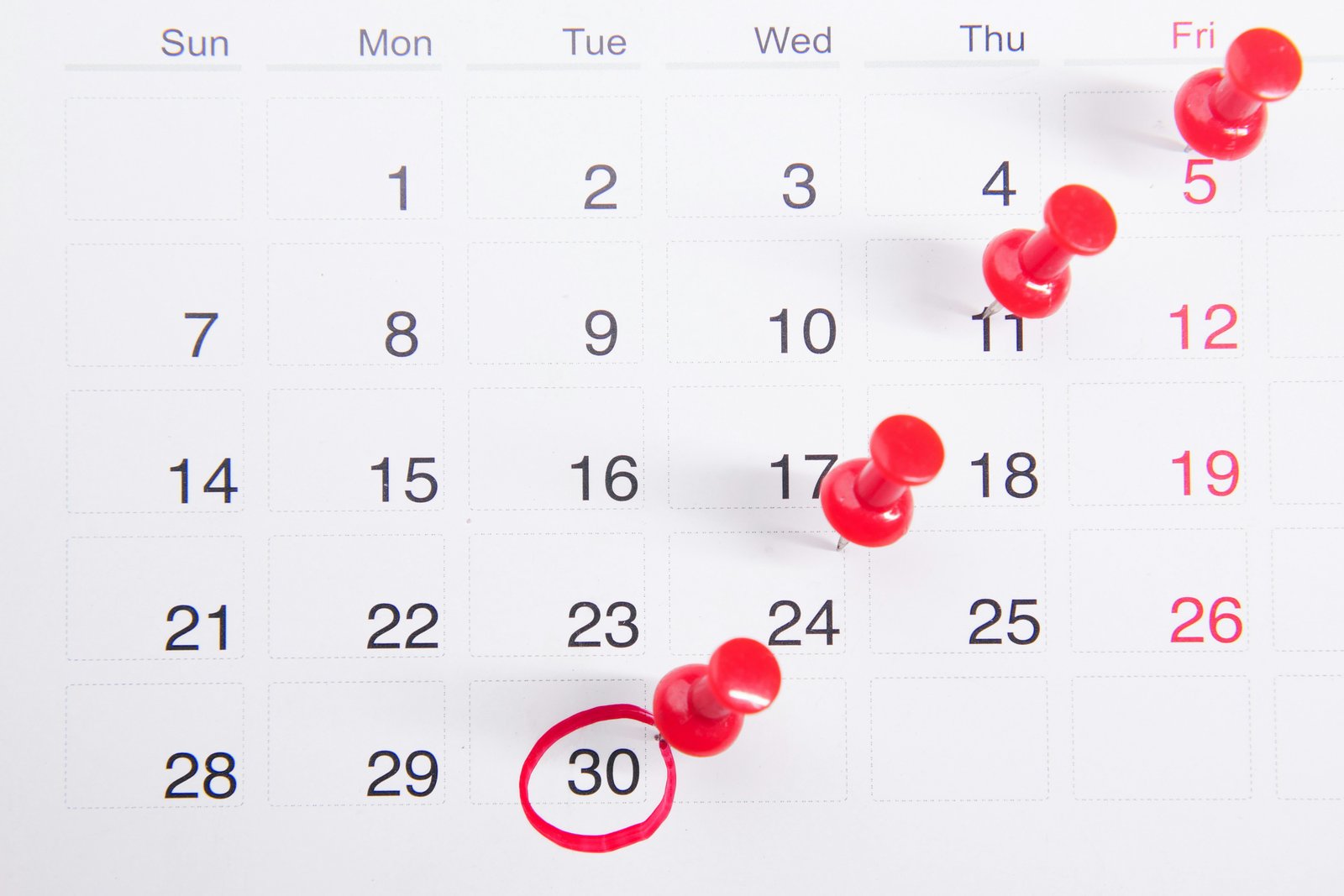Let’s be honest: running social media without a content calendar is like grocery shopping without a list. You either end up with a bunch of random stuff that doesn’t work together, or you forget the most important ingredients (looking at you, engagement posts).
A well-structured social media content calendar saves time, reduces stress, and actually helps you hit your marketing goals. But if you’ve ever tried to create one and abandoned it two weeks later, don’t worry—you’re not alone. The trick is making a calendar that works for you, not one that turns into another task you dread.
Here’s how to build a social media content calendar that’s realistic, effective, and (dare we say) fun.
Step 1: Define Your Content Calendar Goals
Before you start picking posting days and content themes, figure out why you’re on social media in the first place. Are you trying to generate leads? Build brand awareness? Engage with your audience?
Your goal dictates the kind of content you should be prioritizing. If lead generation is the aim, then you’ll need promotional posts, case studies, and calls to action. If brand awareness is key, focus on engaging content like polls, memes, and industry hot takes.
Step 2: Know Your Audience
Posting at the wrong time or sharing irrelevant content is like yelling into the void. Know when your audience is online and what kind of content resonates with them. Analytics tools from platforms like Instagram, LinkedIn, and Facebook can tell you when your followers are most active and what posts perform best.
Pro Tip: Test different posting times and formats, then adjust based on results. What worked last month might not work this month!
Step 3: Choose Your Platforms (You Don’t Need to Be Everywhere)
Not every social media platform is worth your time. If your audience isn’t on Twitter (sorry, X), then why waste hours crafting the perfect tweet? Choose 2-3 platforms where your audience is most active and go all in.
If you’re targeting professionals, LinkedIn is your best bet. If you’re in eCommerce, Instagram and TikTok should be your go-tos.
Step 4: Decide on Your Content Mix
A good content calendar includes a variety of post types to keep things fresh. A solid rule of thumb is the 80/20 rule:
- 80% value-driven content (educational posts, industry news, engagement-focused content, behind-the-scenes peeks)
- 20% promotional content (sales posts, product features, case studies, client testimonials)
Other content categories to consider:
- Evergreen content: Posts that stay relevant over time.
- Trending topics: Riding the wave of current industry conversations.
- User-generated content: Sharing posts from happy customers or brand advocates.
- Behind-the-scenes content: A peek into your company culture or process.
Step 5: Set a Realistic Posting Schedule
More isn’t always better. Posting three times a day on every platform might sound great in theory, but it’s exhausting (and often unnecessary). Instead, find a posting frequency that’s consistent and sustainable.
Here’s a general guideline:
- LinkedIn: 3-5 times per week
- Instagram: 3-4 times per week (plus Stories)
- Facebook: 3-5 times per week
- X/Twitter: Daily if possible
- TikTok: 3-5 times per week (if relevant)
Step 6: Use a Scheduling Tool
Manually posting every day is a recipe for burnout. Tools like Buffer, Hootsuite, Later, and Sprout Social allow you to schedule posts in advance, so you can batch your content instead of scrambling at the last minute.
Step 7: Leave Room for Flexibility
Your content calendar isn’t set in stone. Leave room for real-time engagement, trending topics, and spontaneous posts. A rigid schedule can make your content feel robotic—audiences love brands that are responsive and in-the-moment.
Step 8: Track Performance and Optimize
Analytics are your best friend. Review your content’s performance monthly and tweak your strategy based on what’s working. Which posts are getting the most engagement? What’s driving traffic to your website? Adjust accordingly.
We’re already nearing the end of Q1—if you don’t have a solid content calendar in place yet, now’s the time to get it sorted. No stress, though! Follow these steps, and you’ll have a streamlined, effective strategy in no time.
Final Thoughts
A social media content calendar is your roadmap to a stress-free and effective strategy. When done right, it keeps you organized, ensures consistency, and drives real results.
Need help building a content calendar that works for your business? We’ve got you covered! Contact us at Diamond Digital Edge for expert social media strategy and execution.
